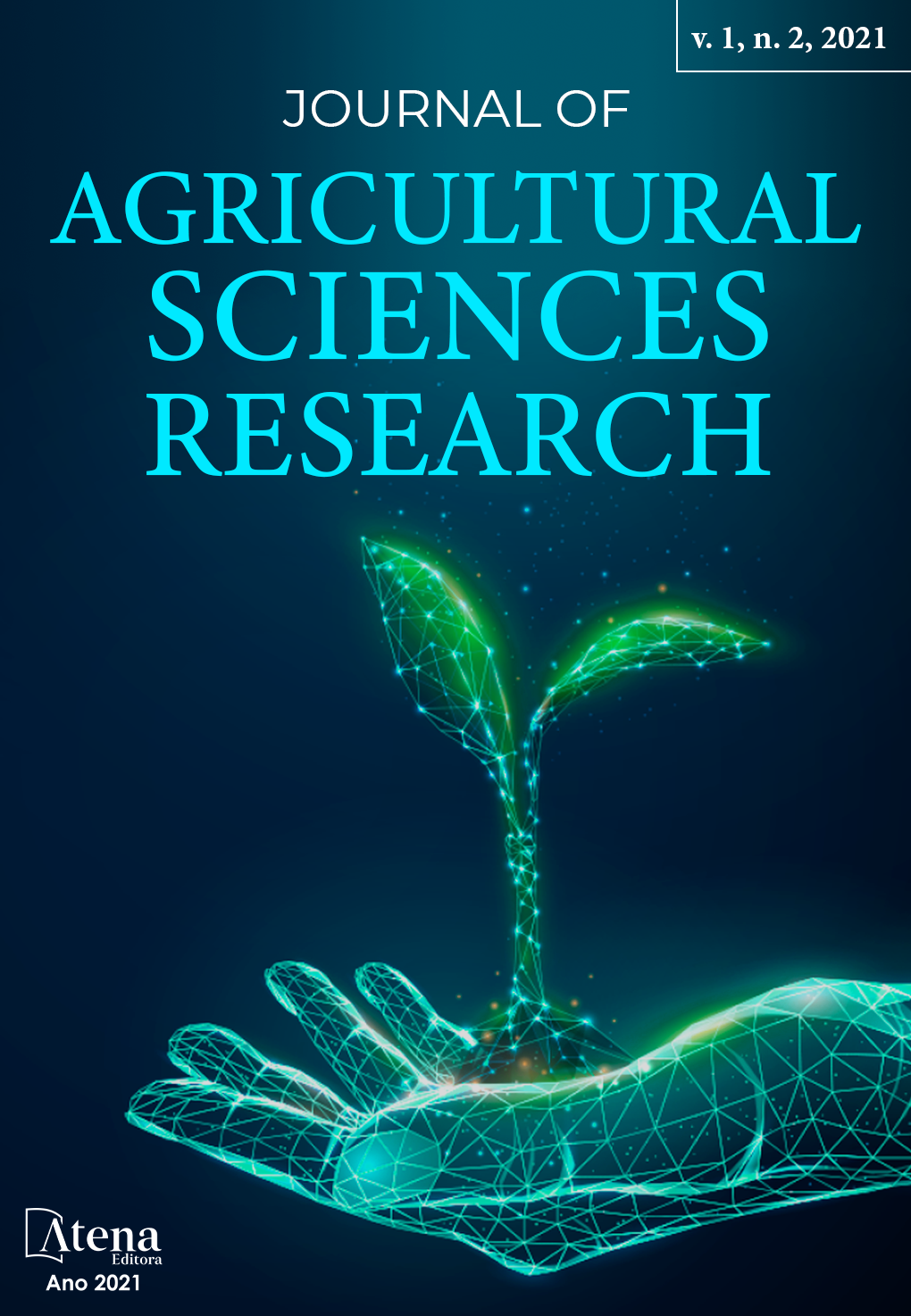
STUDY OF COCOA FERMENTATION AND DRYING KINETICS
This project aimed to determine the fermentation kinetics in different environments, as well as the drying kinetics of post-fermentation almonds. Fermentation kinetics was determined by measuring temperature in a Datalogger, pH, total titratable acidity and soluble solids content. Drying kinetics was determined by the ratio of moisture, moisture, pH, titratable acidity and soluble solids content over time. The temperature reached higher values between the second and the fifth day (48-120 hours). In fermentation, the final pH value for the three treatments was favorable to the formation of chocolate flavor. The values of soluble solids content and acidity were similar. In drying, the three treatments concluded the process with pH values above 5.8, considered high. As for acidity, the curves showed fluctuations, but with similar behavior. Analyzing the drying kinetics, it can be observed that the pile treatment was practically the same as the plastic treatment, where the wood treatment was distinguished only in the initial phase of drying.
STUDY OF COCOA FERMENTATION AND DRYING KINETICS
-
DOI: 10.22533/at.ed.9732111114
-
Palavras-chave: Almonds. fermentation kinetics. drying kinetics
-
Keywords: Almonds. fermentation kinetics. drying kinetics
-
Abstract:
This project aimed to determine the fermentation kinetics in different environments, as well as the drying kinetics of post-fermentation almonds. Fermentation kinetics was determined by measuring temperature in a Datalogger, pH, total titratable acidity and soluble solids content. Drying kinetics was determined by the ratio of moisture, moisture, pH, titratable acidity and soluble solids content over time. The temperature reached higher values between the second and the fifth day (48-120 hours). In fermentation, the final pH value for the three treatments was favorable to the formation of chocolate flavor. The values of soluble solids content and acidity were similar. In drying, the three treatments concluded the process with pH values above 5.8, considered high. As for acidity, the curves showed fluctuations, but with similar behavior. Analyzing the drying kinetics, it can be observed that the pile treatment was practically the same as the plastic treatment, where the wood treatment was distinguished only in the initial phase of drying.
-
Número de páginas: 12
- Maria Emilia Rodrigues Valente
- Bárbara Nicchio Casotti


